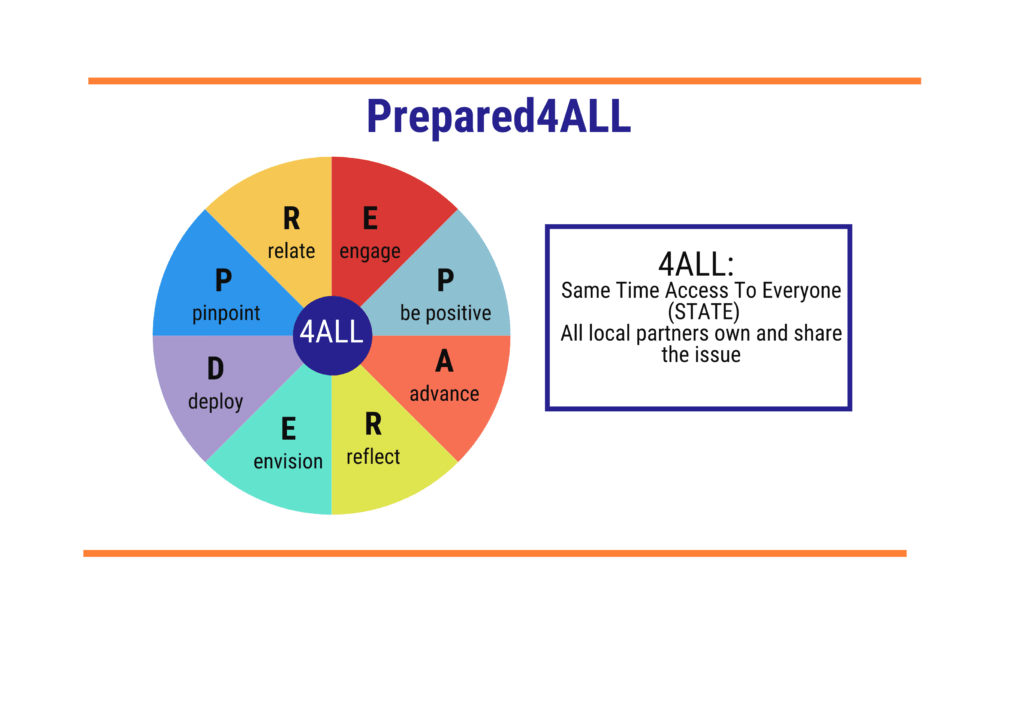4ALL _review
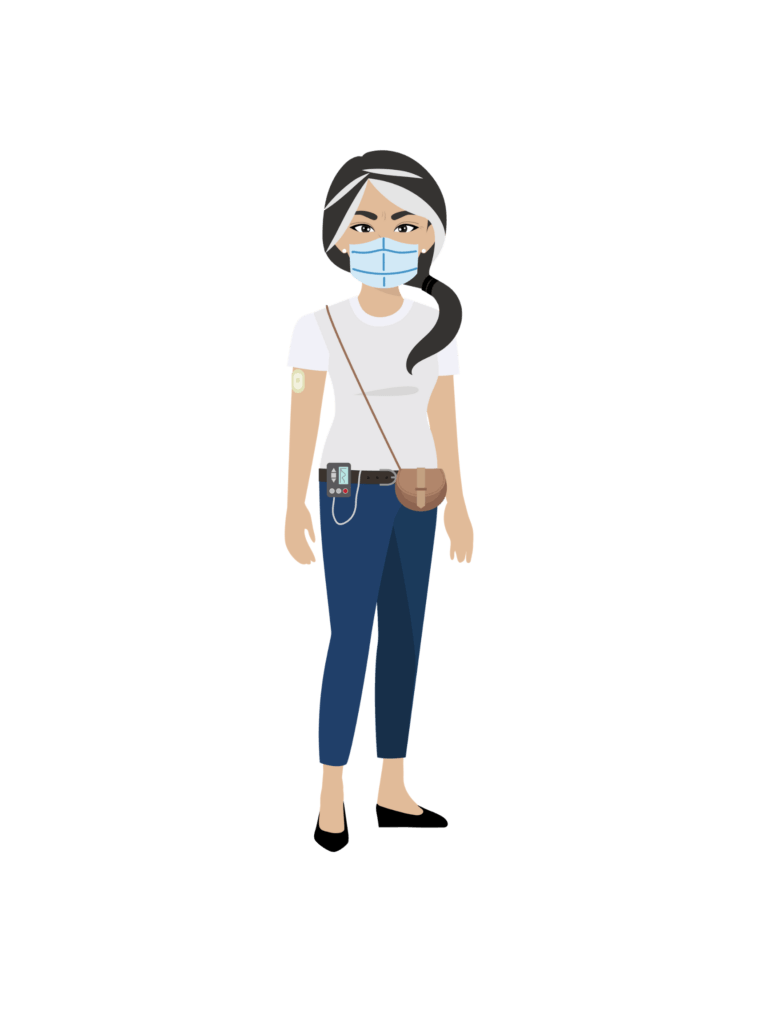
Rachel: Don’t forget the 4ALL! Use the STATE questions and Reflect questions to check that your efforts are “for all” in the community.
The Action Team meets with the public health and emergency planners to reflect on the vaccine EDS.
?The planners and Team members talk about the Same Time Access to Everyone (STATE) questions. This concept was developed by the University of Montana’s Rural Institute. STATE asks about:
– Accessible space?
– Inclusive process reflecting everyone in the community?
– Reasonable accommodations provided?
– Accessible communications (plan to communicate with all, message content, message format, actionable message, message received)?
– Inclusive philosophy?
–Cultural competence?
–Awareness of community needs?
–Other issues?
? The group talks about the Reflect questions again.
– What did we expect?
– What helped and what didn’t?
– What assumptions did we make? Were those assumptions accurate?
– What other experiences can help us understand this one?
– What did we learn?
– What ideas help our understanding?
– What guidance do we have for the future? How can we be successful the next time?
4ALL also means that everyone in the community owns the issue of emergency preparedness. 4ALL is stronger with partners working together. The local planners and the Action Team have developed a relationship. The local planners identify other community organizations and invite the Action Team and the others to form a formal community emergency advisory committee.
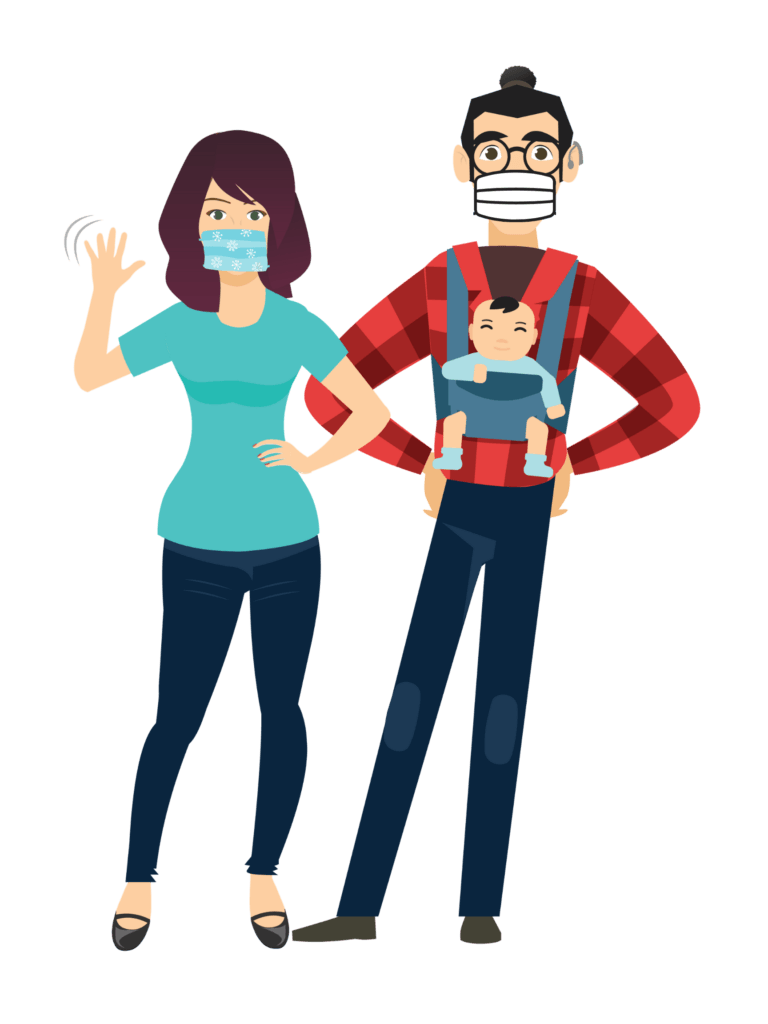
Franny [Signing]: What about local partners who have trouble “getting it”? You know, EM and PJ, you’ve talked about this before.
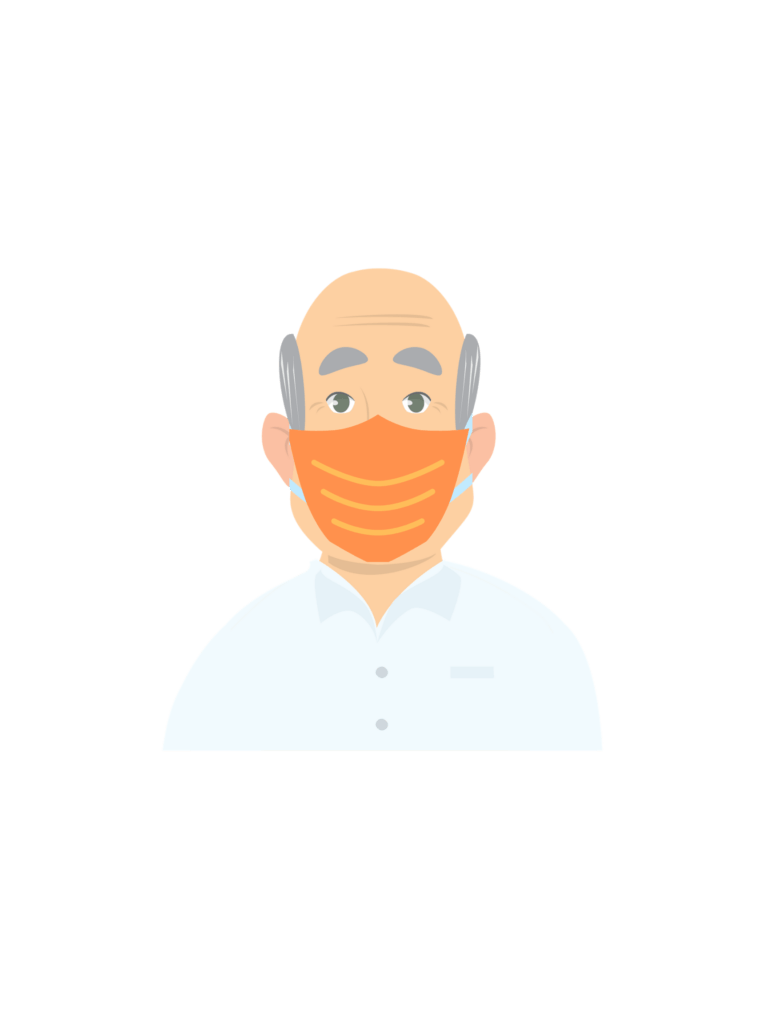
EM: Oh, you’re talking about pushback, right? Well, you can get pushback from some local emergency and public health preparedness planners.
Some planners may think that another agency or organization is doing emergency planning for people with disabilities. They may think it’s not their job. They may not understand that being responsible for the whole community’s emergency planning means being responsible for the WHOLE community’s emergency planning.

Franny [Signing]: I even heard that in Faraway County some local emergency managers thought that all issues related to emergency planning for people with disabilities were handled by disability provider agencies or the local Senior Center.
Some local emergency managers assumed that the state disability agency was handling it.
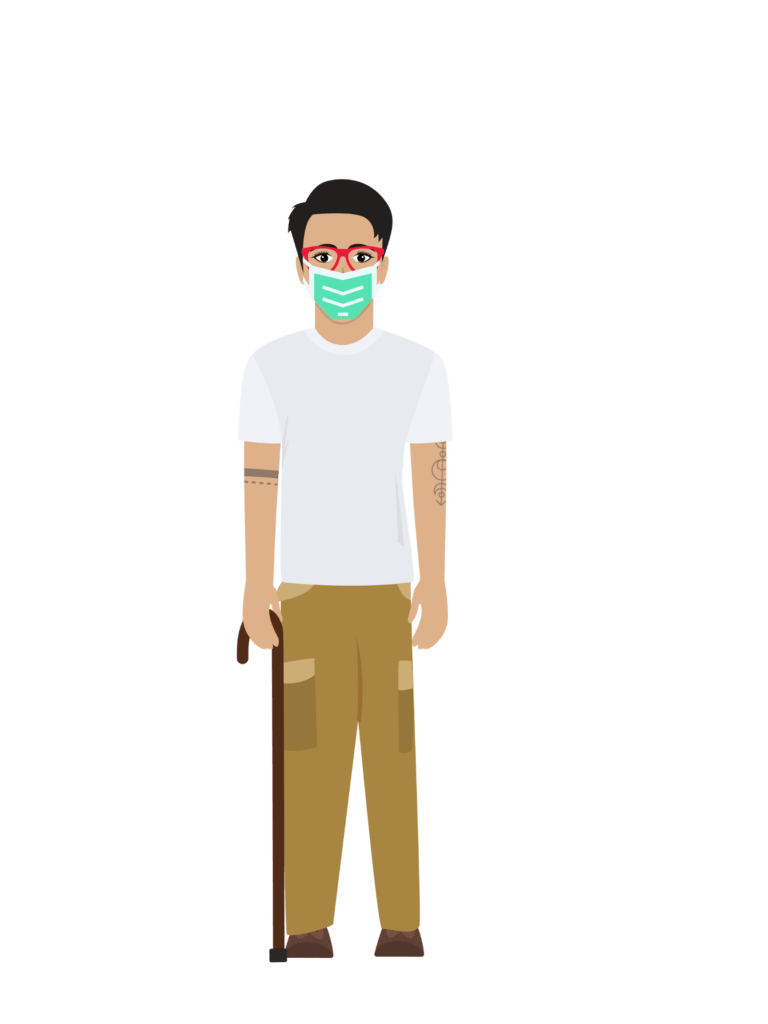
PJ: What seems obvious to one person may not be obvious to another. We have this issue in public health too. Some colleagues tell me that that they simply don’t see people with disabilities in their health promotion efforts.
It doesn’t mean that people with disabilities don’t live in the community. These partners just need to understand how to connect better. It’s especially important given that one in four Americans is living with a disability.

Franny [Signing]: This can happen with disability and other community organizations too. They may think that they don’t need to get involved. Remember those TV shots of people waiting on roofs to be evacuated or stranded nursing home patients during hurricanes?
Disability organizations may not realize that disasters and pandemics are part of their mission too. That’s become even more obvious with COVID-19. But how do we help local partners see this connections?

PJ: Well, it’s not a one size fits all, that’s for sure.
It seems so simple, but it’s true: It’s all about relationships. That means having solid relationships before disaster strikes. I keep a mini directory for each community organization and try to develop two or three contacts in each one. If I only had one contact and then they left, I’d be stuck.
It can take time to develop relationships, but it’s worth it. Partners need to see the benefits. Sometimes you need to let partners know what’s in it for them.
And you never know when this will pay off. I’ve had solid partners from one project come back to me and invite me to join another project, sometimes even years later.
Click the quiz link below to check your learning and continue.

